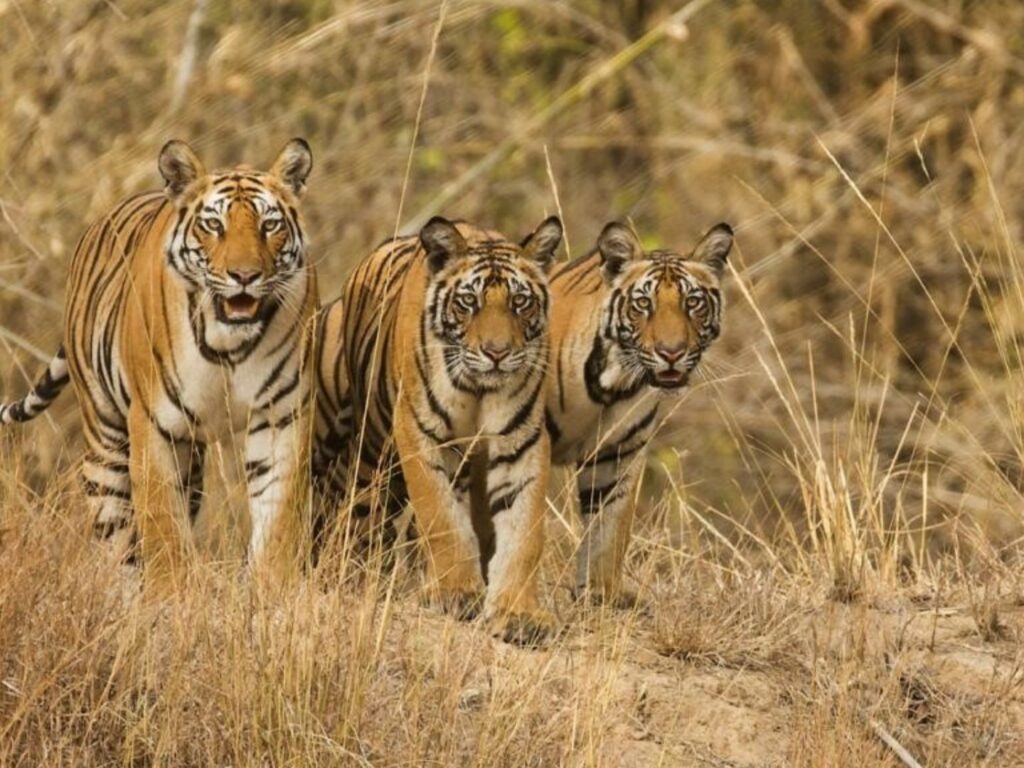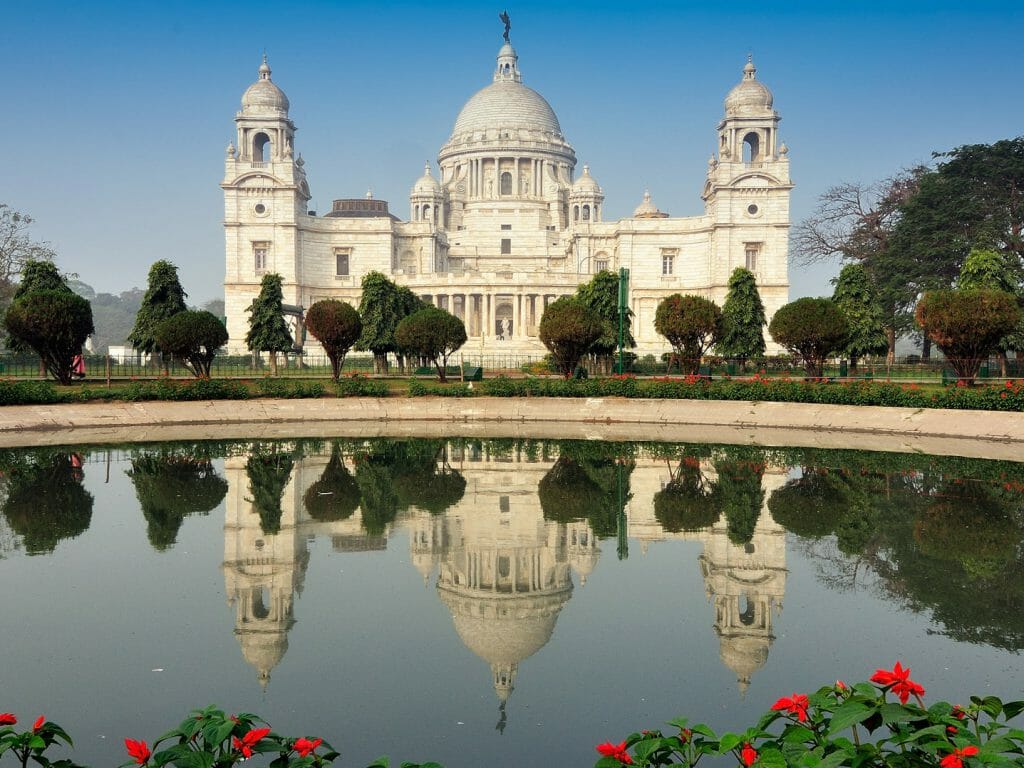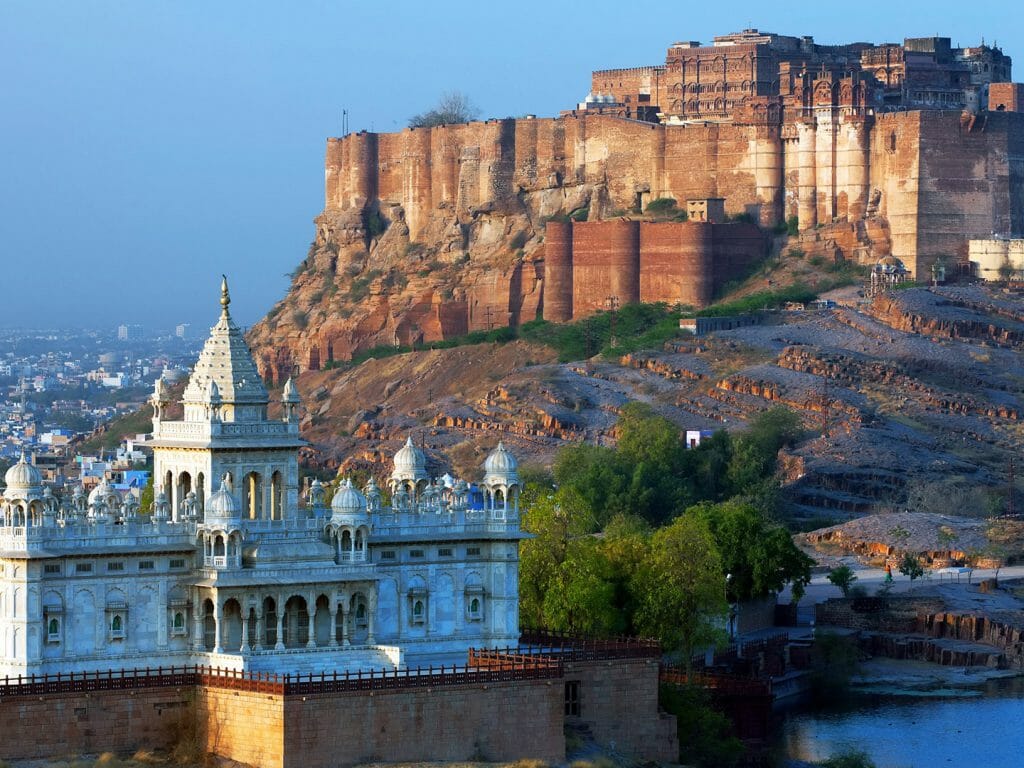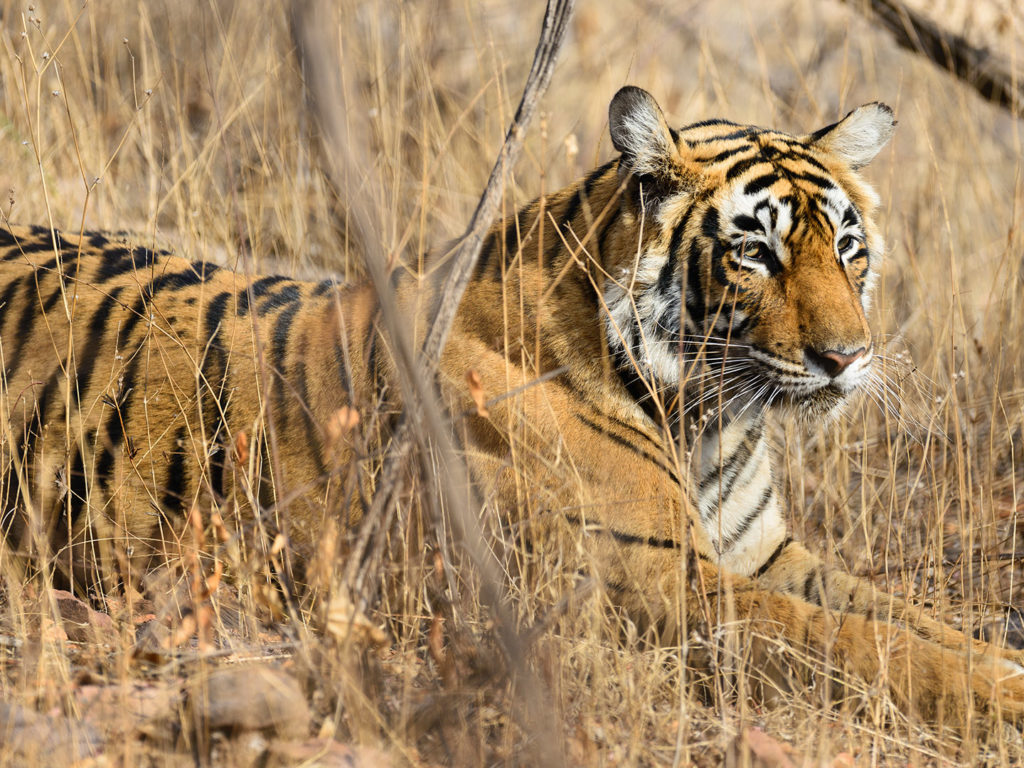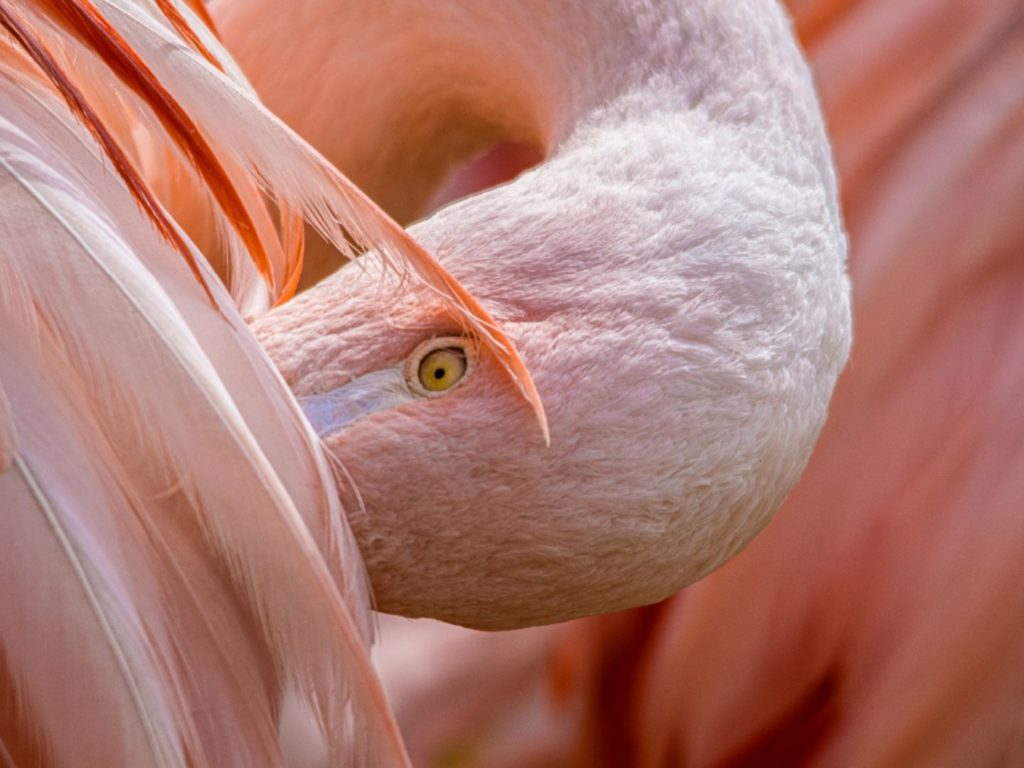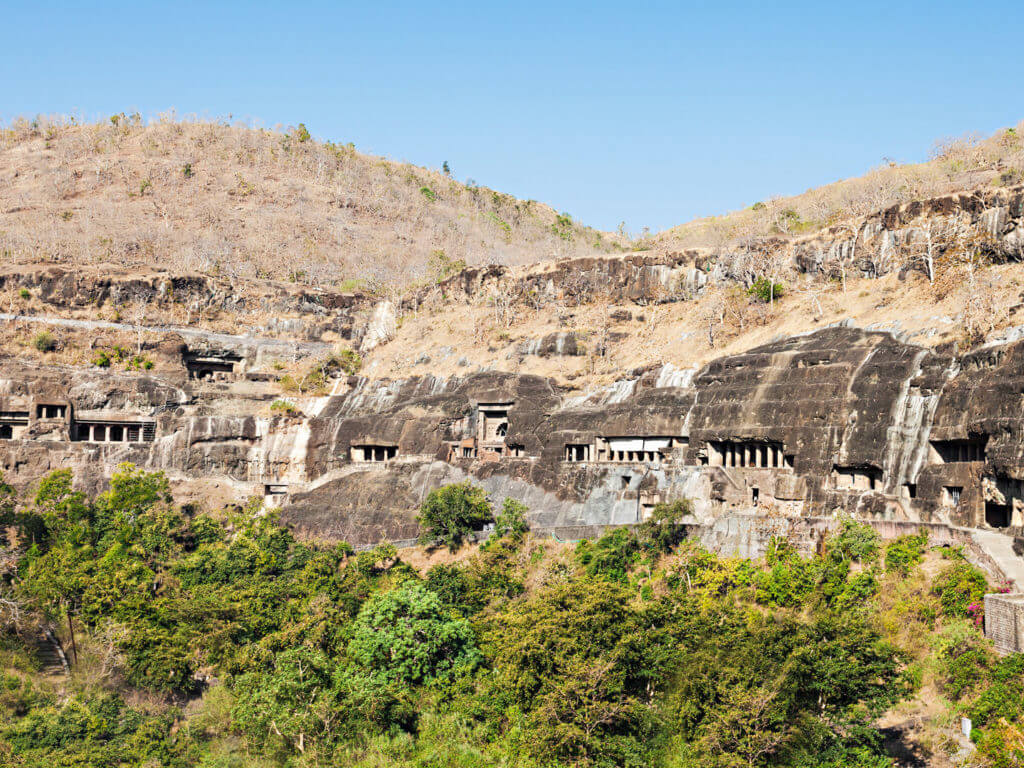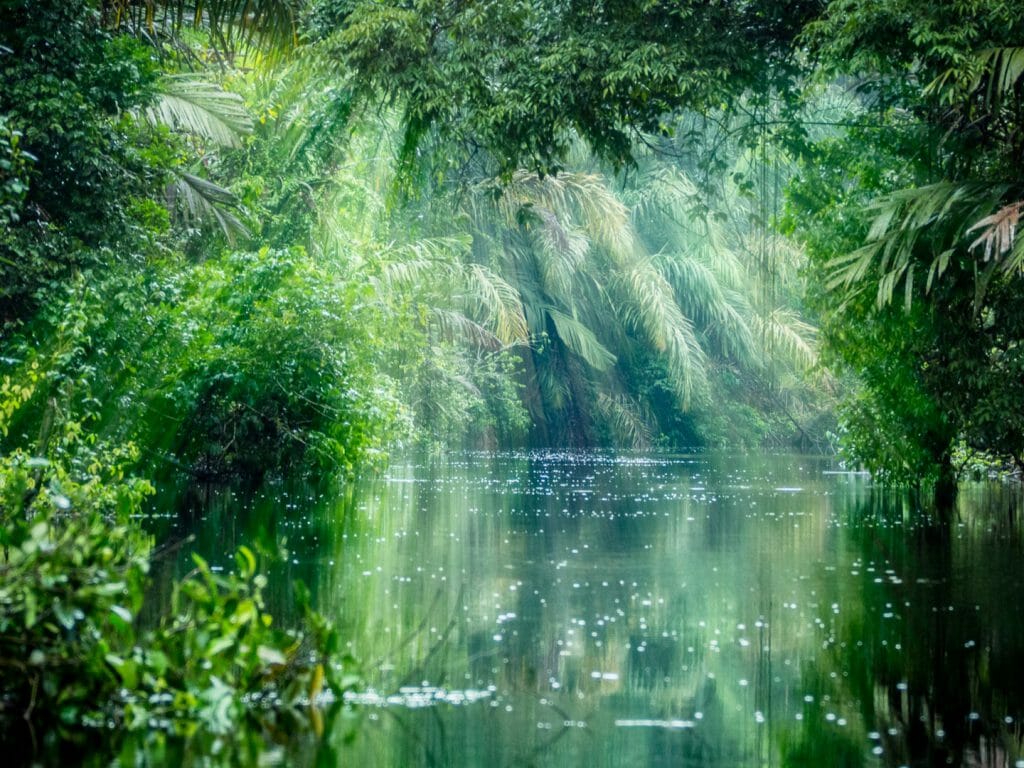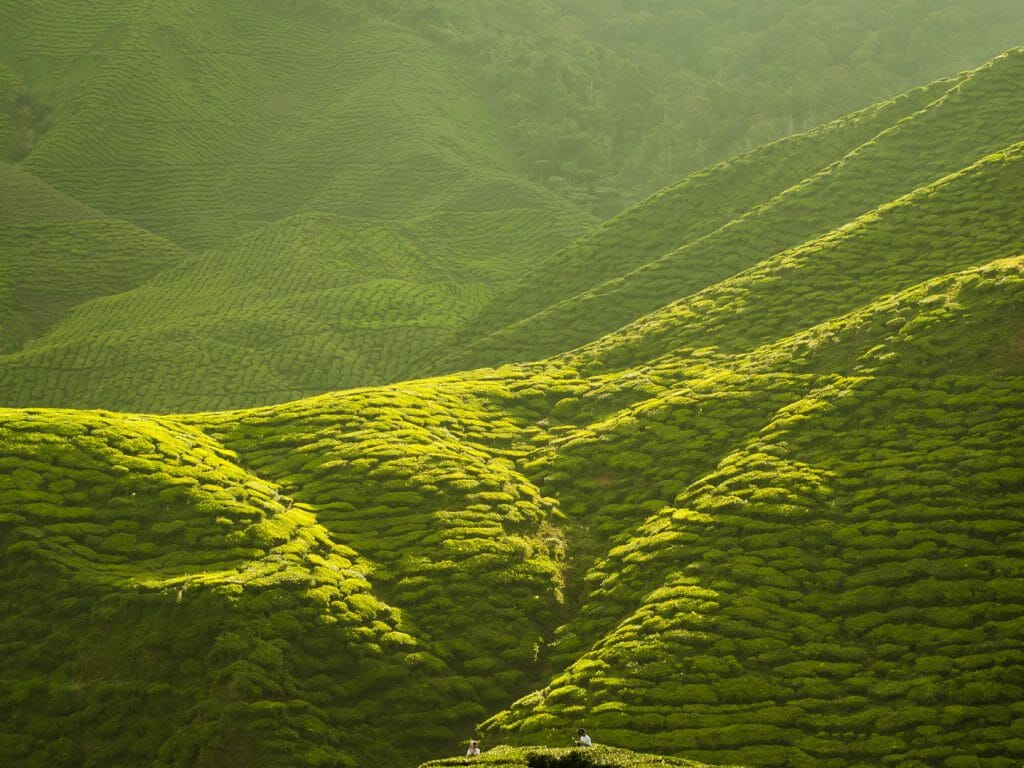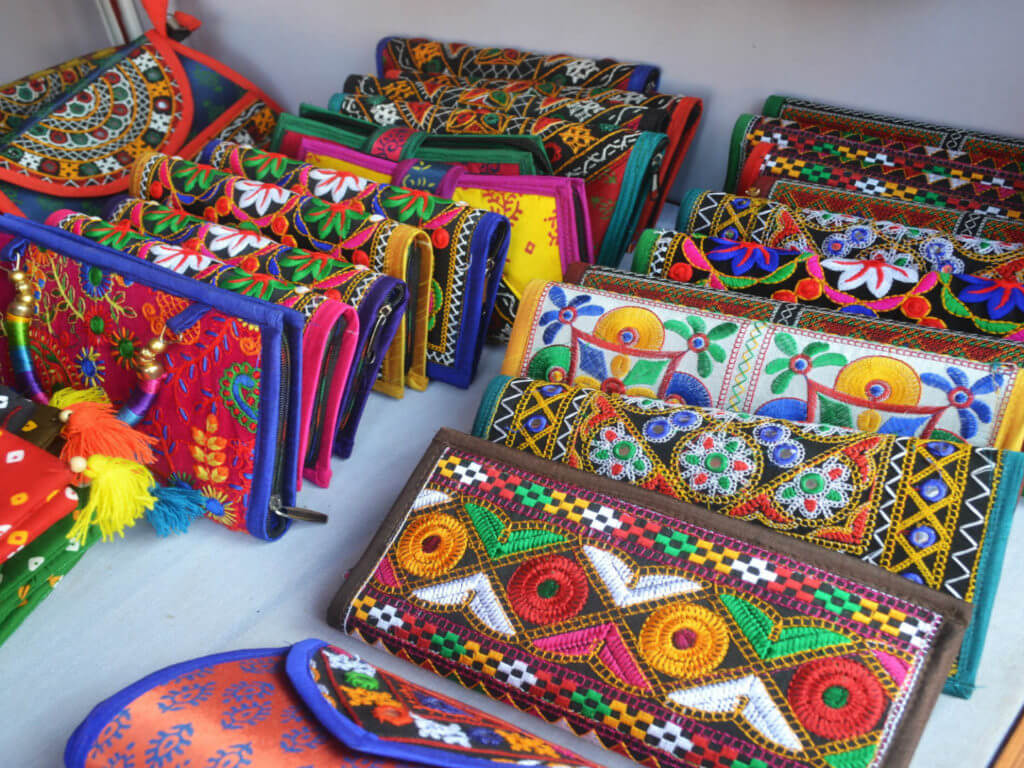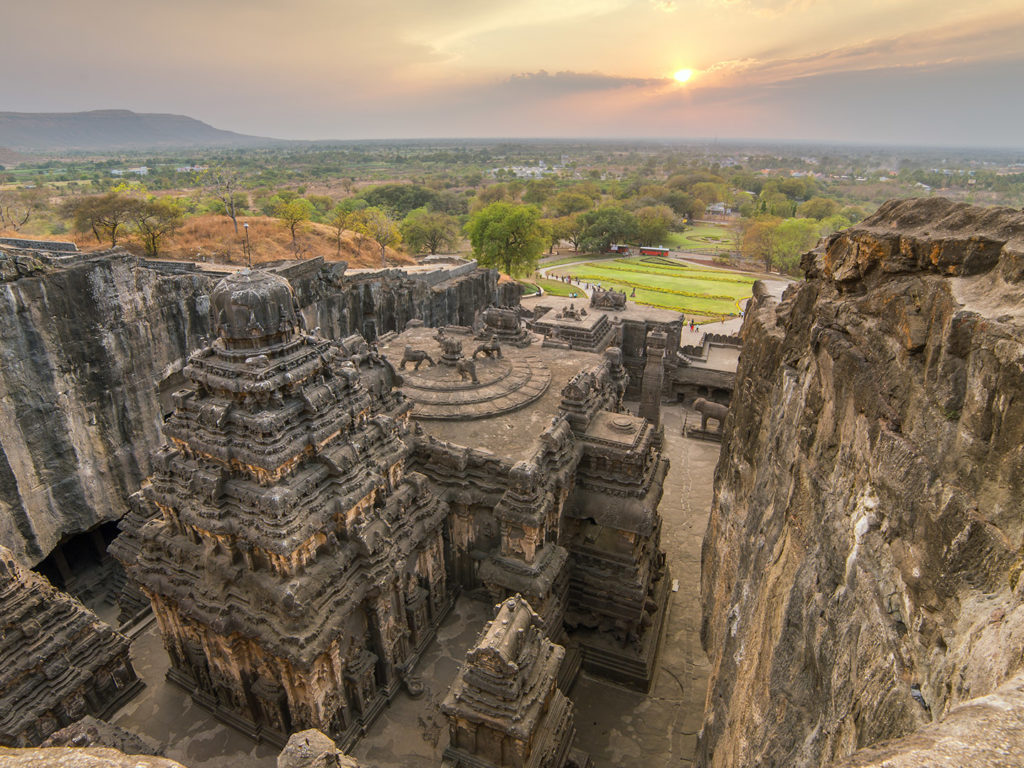The grandeur and glitz of Mumbai airport seems more than a three-hour flight away as I emerge out of the single building brick terminal of Jorhat in northern Assam. The airport’s simplicity a gauge of the way of life in Assam that I am about to experience.
Assam is in the north-east of India. An area that is remote, close to the Chinese border and politically sensitive. The Chinese make a cheeky point of not requiring the Assamese to have a visa to visit China as they are part of the same country, namely China. But that does not mean that its 78,000 square kilometres (one third the size of the UK) is uninhabited. This is India: the population of Assam is thirty-two million.
Tea is ubiquitous – camellia assamica – a tree that grows to fifty feet in height but looks like a bush as it is kept in check by the back-breaking labour of the tea pickers. This assiduous work is not done by the Assamese but tea tribes who have migrated here from eastern India. Late in the day, the tea workers walk alongside the roadside in brightly coloured saris with baskets and bags balanced on their heads. Dotted amongst the bushes are trees cloaked in the vines of black pepper. Every inch of space is utilized. The fecundity and the productivity of the soil ever-giving.
Tea or visiting a tea plantation is an undoubted highlight of visiting Assam. So too the Hindu temple of Kamakhya in Guwahati, the Brahmaputra River and in particular the island of Majuli and the national parks of Manas, Nameri and the glorious Kaziranga, home to the one-horned rhino and the highest density of tigers in India. But for me, it is the people and laid-back way of life of Assam.
Tidy squares of parched paddy fields and dried up water ponds in front of the houses bestow a simple order on the landscape. The land is flat, strikingly so. The even horizon only broken by the silent sentinels of chimney stacks used to bake bricks. The one hint at industry.
Bamboo fences frame the extent of the property’s area. Laundry dries on the line. A certain neatness.
Betel palms and bamboo trees are evidence of a lushness, a productivity of the soil.
Life is unhurried. Whether girls, in the red stripes of the Karbi tribe, ambling down the lanes or the pace of traffic on the roads. The laidback pace of life is summed up by the Assamese expression lahe lahe, “slowly slowly.” Sound advice.


